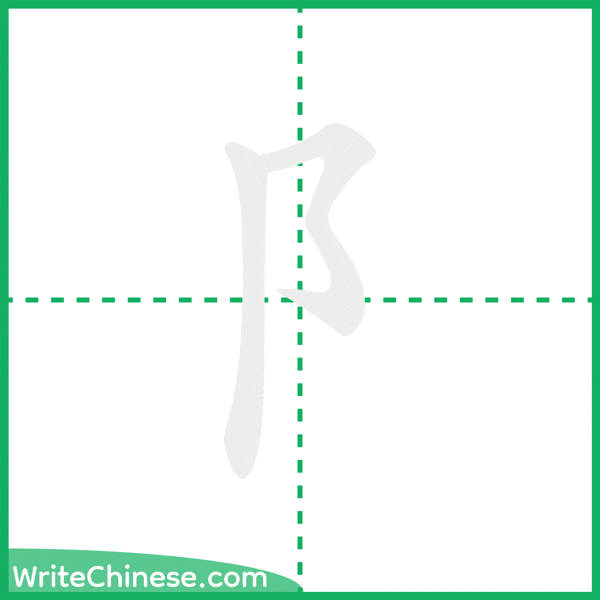How to write 阝
Animated Stroke Order of 阝
Learn to write the Chinese character "阝" by watching the stroke order animation of "阝".

Stroke by Stroke: 阝 Writing Order
Master the Chinese character '阝' stroke by stroke with visual step-by-step instructions.

Follow the Calligraphy Master: Writing '阝' Step-by-Step
Learn the proper way to write the Chinese character '阝' through a video tutorial with a calligraphy teacher. Follow the Calligraphy Master's Step-by-Step Guide to Write the Chinese Character '阝'. You can download the printable handwriting worksheets below and practice writing together with pen and paper.
Free Printable 阝 Handwriting Practice Worksheets
Meaning of 阝
Same Pronunciation Characters
Same Radical Characters
- 邓
- 那
- 邦
- 邪
- 邮
- 邻
- 郁
- 郊
- 郎
- 郑
- 部
- 郭
- 都
- 鄂
- 鄙
- 队
- 阳
- 阴
- 阵
- 阶
- 阻
- 阿
- 附
- 际
- 陆
- 陈
- 陋
- 陌
- 降
- 限
- 陡
- 院
- 除
- 陨
- 险
- 陪
- 陵
- 陷
- 隅
- 隆
- 隋
- 随
- 隐
- 隔
- 隘
- 隙
- 障
- 隧
- 邗
- 邙
- 邛
- 邝
- 邢
- 邬
- 邯
- 邰
- 邱
- 邳
- 邴
- 邵
- 邶
- 邸
- 邹
- 邺
- 邾
- 郄
- 郅
- 郇
- 郏
- 郓
- 郗
- 郛
- 郜
- 郝
- 郡
- 郢
- 郤
- 郦
- 郧
- 郫
- 郯
- 郴
- 郸
- 郾
- 鄄
- 鄞
- 鄢
- 鄯
- 鄱
- 酃
- 酆
- 阡
- 阪
- 阮
- 阱
- 陀
- 陂
- 陇
- 陉
- 陔
- 陛
- 陟
- 陬
- 陲
- 隈
- 隍
- 隗
- 隰
- 隳
- 邘
- 邠
- 邡
- 邨
- 郐
- 郟
- 郵
- 鄆
- 鄉
- 鄋
- 鄒
- 鄖
- 鄣
- 鄦
- 鄧
- 鄭
- 鄰
- 鄲
- 鄴
- 鄹
- 阝
- 阞
- 阢
- 阼
- 阽
- 陏
- 陘
- 陜
- 陝
- 陞
- 陣
- 陧
- 陰
- 陳
- 陴
- 陸
- 陽
- 隄
- 隉
- 隊
- 階
- 隕
- 際
- 隡
- 隨
- 險
- 隱
- 隴


